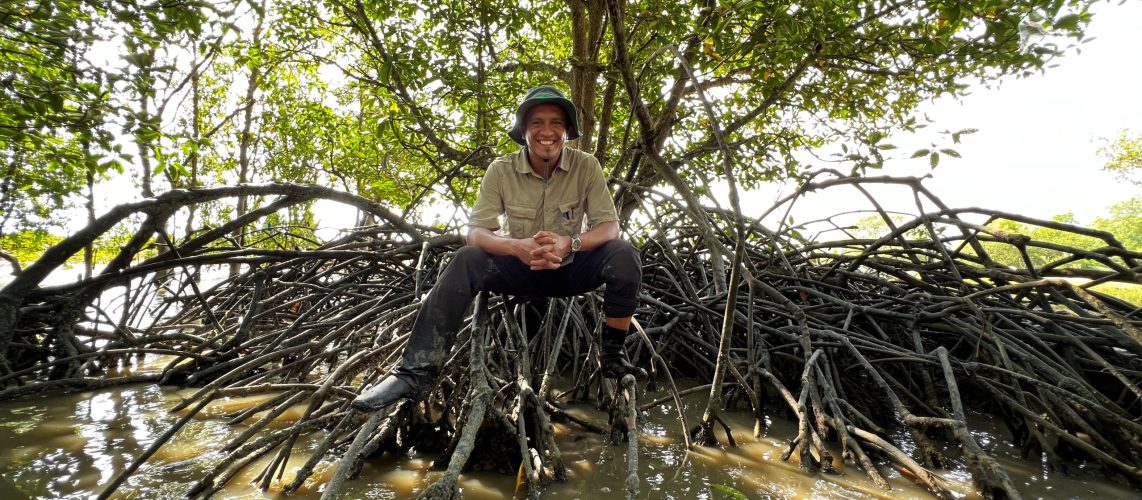This article has been published in the New Straits Times on 7 September 2021.
DESPITE the ongoing degradation of the natural environment and the series of environmental issues facing Selangor, everyone was shocked by the news of the degazettement of the Kuala Langat North Forest Reserve (KLNFR).
Being the most developed state in Malaysia with only slightly over 30 per cent of the area covered by natural forests, Selangor should acknowledge the impact and consequences of environmental degradation to its communities and their surroundings.
KLNFR is one of the few remaining peat swamp forests in Peninsular Malaysia. It is now heavily fragmented and drained due to the heavy encroachment and development around it to make way for highways, businesses, industrialisation and urbanisation.
Bear in mind, these were the primary reasons for the previous loss of surrounding habitats and degradation of the remaining forested wetlands’ integrity.
The decision to degazette and deforest KLNFR is a clear case of greed, selfishness and lack of empathy towards the environment and society.
It also signifies a clear-cut disrespect for laws, plans and policies that define this forest as an environmentally sensitive area and to be protected for their roles in providing fundamental ecosystem services for the wellbeing of flora, fauna and the local and global communities.
Peatlands and peat swamp forests like KLNFR are globally important as sinks for carbon and other greenhouse gases, as well as in sustaining local, regional and global hydrological, weather and climate cycles.
They are also absorbers and retainers of water that control flood and maintain underground water systems to irrigate and fertilise adjacent lands, lakes and rivers.
Exploiting and clearing it would expose the soil that will become the extreme emitter of carbon that contributes to the increase in the atmospheric temperature, further triggering changes in weather pattern and climate condition.
Draining out water from this wetland system would cause the sediment to disintegrate, collapse and subside, disabling existing biodiversity to flourish, in addition to being susceptible to other catastrophes, like forest fire and haze.
Surprisingly, this avoidable degraded ecological condition was used as the justification to allow for the degazettement and to let the proposed development take place.
Well-thought-out planning should be directed to restore the ecosystem instead. Being the most developed state, Selangor must display an exemplary benchmark in investing and promoting sustainable development.
The state should seize this opportunity to support national and global efforts in achieving Sustainable Development Goals while at the same time leading the fight against biodiversity loss and climate change.
Blessed with peat swamp forests like the KLNFR and the Raja Musa Forest Reserve (RMFR), the state with the support of federal government should work hand in hand to list both sites as a Man and Biosphere Reserve and a Ramsar Site, as they perfectly fit the requirements for international conservation and sustainable development agendas.
Establishing KLNFR and RMFR as sites for the Unesco Man and Biosphere Programme and Ramsar Wetlands of International Importance will further elevate the profile of the state and country.
This opens up opportunities and welcomes national and international support in the form of income generation through nature tourism, conservation funding, as well as funding for education and research.
On top of that, these would provide a bonus not just for the economy, but also for the livelihoods of local communities.
Ultimately, it is the wellbeing of the environment and the socioeconomy of the larger community that should be prioritised as they define the state of our sustainability.
Let us choose to be a smart, prudent and empathic generation and stop emulating the wrong decisions of the past in ensuring a healthy and habitable state and country for our children and their future generations in harmony with nature.
